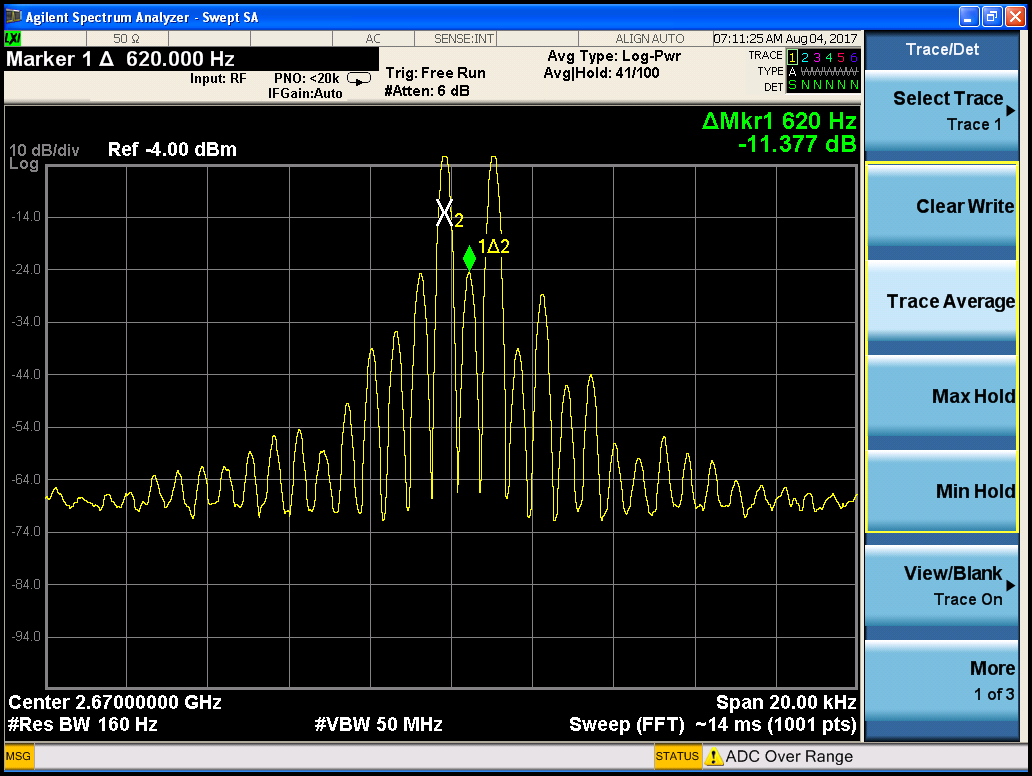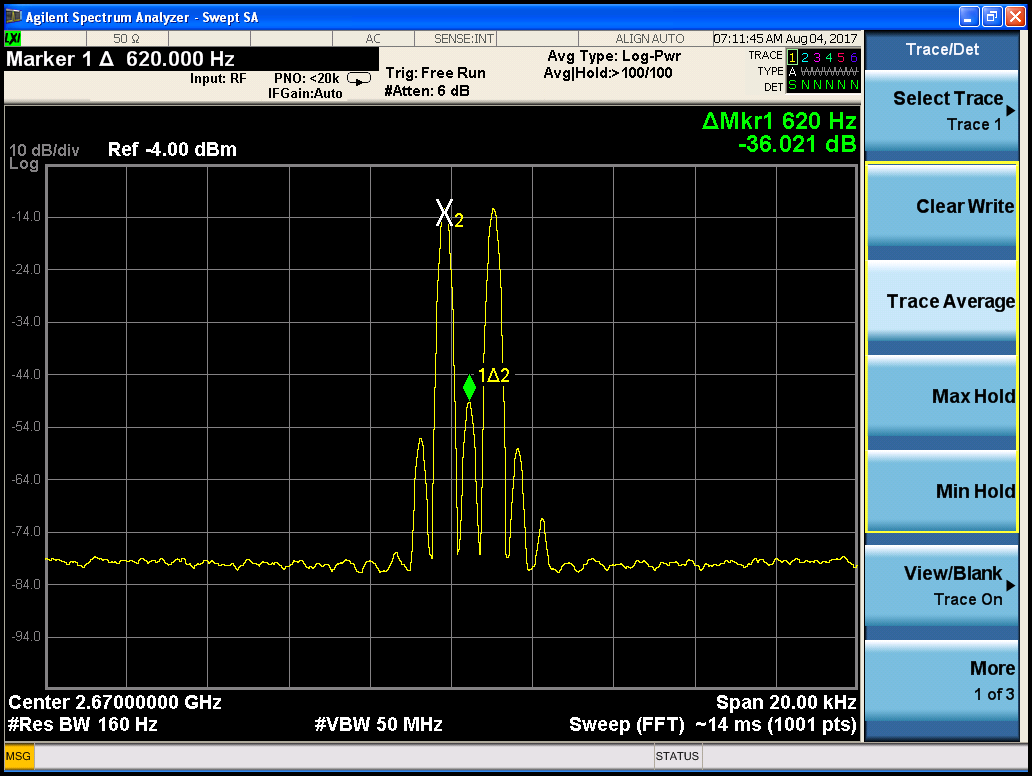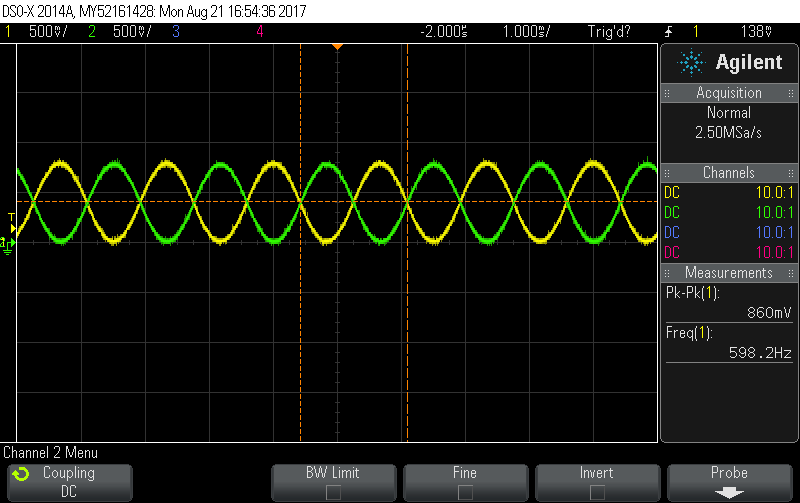our customer working on IQ modulator IC TRF3722, facing problems Regarding carrier suppression and amplitude imbalance.
.
pls find attached plots when operating TRF3722 IC with I,Q signals of 600Hz and LO freq of 2670MHz.
When operating with normal mixer the spectrum plots are good compared to TRF3722 IC.
Please help us in understanding degraded performance of TRF3722 IC compared to normal mixer.Normal_Mixer.zipTRF3722.zip





